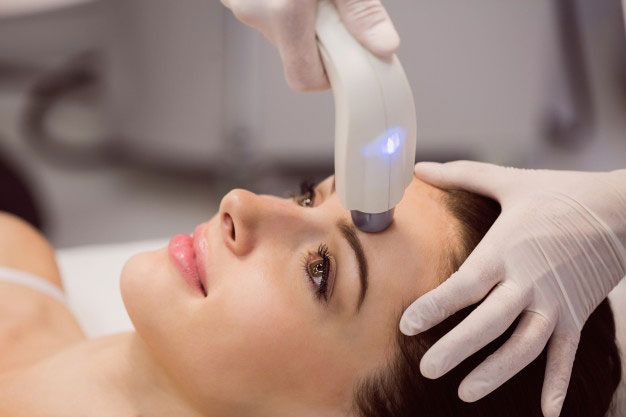Plaque, a sticky substance, can be identified and treated in pediatric dentistry. After every meal or snack, plaque builds up again. If you brush right away, you can eliminate the sticky film that forms. If you do this, tartar will not have a chance to form. Here is more information regarding plaque treatment in pediatric dentistry by dr. alexandra hendricks brentwood.
Why does plaque form?
When you breathe, eat, or drink, you bring all types of germs into your mouth. A fine equilibrium must be maintained inside the mouth at all times. However, the overgrowth of harmful bacteria only occurs under certain environmental conditions. Pediatric dentistry steps in to make things right for kids.
Consuming sugary meals and drinks provides microorganisms with fuel. Acids are created when sugary meals are consumed. Gingivitis, cavities, and other issues are all brought on by the acids produced by bacteria. The gums themselves might become a target for plaque and deterioration. These steadily destroy teeth by eroding their enamel.
Polishing and scaling teeth
Many people have serious issues with tooth decay and periodontitis. Plaque buildup should be checked twice a year by the dentist. By visiting the dentist regularly, problems can be caught and treated before they worsen. Cavities and gum disease, if left untreated, might necessitate extensive dental work, cause pain, and possibly result in the loss of teeth.
Periodontitis can be avoided with regular fluoride rinsing, flossing, and brushing twice daily. However, even if the youngster practices good dental hygiene habits, there will always be difficult to clean spots. When there is a lot of plaque buildup, these might be difficult to clean. Tartar is the hardened form of plaque. Brushing and flossing alone will not get rid of this tough buildup.
Scaling and polishing the teeth, two routine pediatric dentistry procedures can ward off gum disease. These procedures may not seem pleasant, but they can help a person’s oral health start over. The scaling process eliminates Tartar and plaque. The dentist uses a scaler to remove tartar and plaque that has hardened along the gum line.
The final step is to polish. Dental plaque and stains are completely eradicated after this procedure. This is not just a cosmetic change, either. The finished product leaves teeth sufficiently polished to discourage bacterial adhesion.
What to anticipate during your child’s dental appointment?
The dentist will look for cavities and gum disease at the first appointment. The teeth will also be scaled and polished by the dentist. The next step will be fluoride therapy. The dentist and the parent will discuss the child’s dental health and diet. The pediatric dentist will make suggestions for at-home oral care that the parents should consider.



